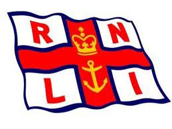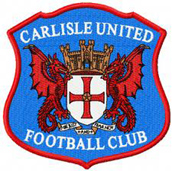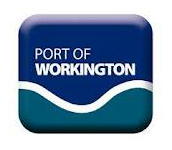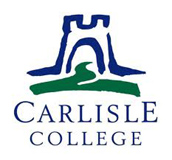- Home
- Scarrows
- Mariners
- Cumberland
- Miscellaneous
Port Natal (Durban), South Africa
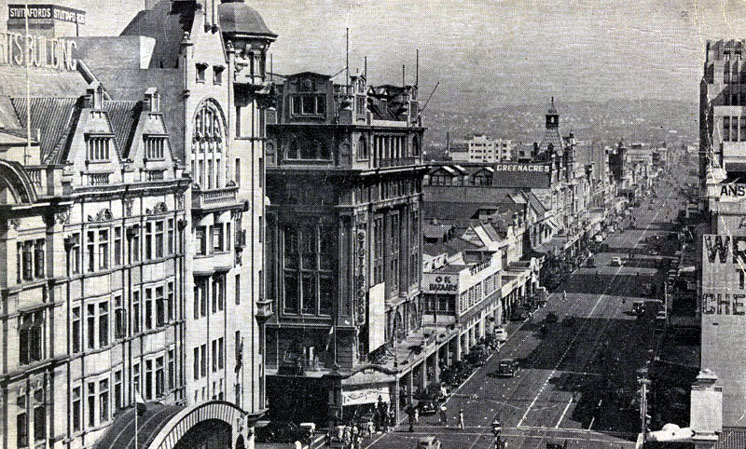
Durban circa 1900
History
The Portuguese seafarer Vasco da Gama arrived at the bay of present day Durban on Christmas Eve in the year 1497, and called it "Terra do Natal", Christmas Country. Because the Portuguese had already established a good port at Maputo, they were not interested in settling in a bay surrounded by mangrove swamps and dense coastal forests. Only sporadically some pirates and ivory or slave dealers laid anchor, and it was much later, in the year 1824, that a proper settlement started, initially named "Port Natal". It was founded by merchants from the Cape Colony under the leadership of Henry Francis Fynn, who had reached a contractual agreement with the mighty Zulu King Shaka authorising them to establish a trading station. In 1835 the town was named Durban after the Cape Governor of the time, Sir Benjamin D'Urban. In the beginning the settlement developed very slowly. There was no support or protection by the British government. The life in the little harbour town was characterised by uncertainty. Time and again there were assaults and skirmishes by the Zulus, who - obviously - saw Natal as their tribal homeland and only tolerated the white settlers, because the town was of use to them as a trading station.
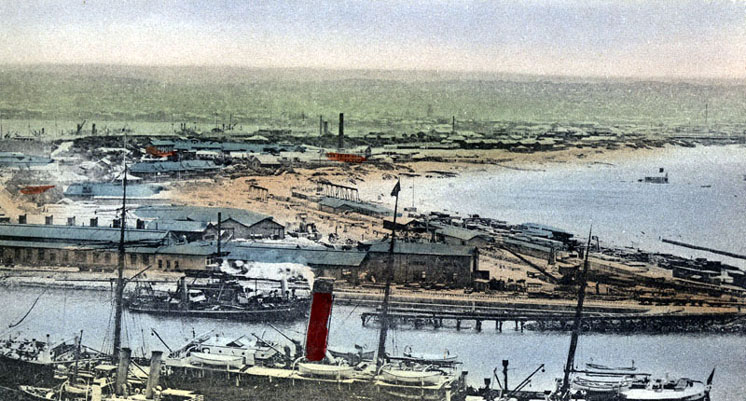
Port, Durban, circa 1900
In 1837 the Voortrekkers arrived in Natal. A delegation lead by Piet Retief negotiated a contract with Zulu King Dingane granting them the land between Durban and the Tugela river to found a Boer Republic in Natal. Then, shortly afterwards, Dingane had the entire delegation killed. After several more bloody assaults and attacks, the Voortrekkers defeated the Zulus in the dramatic Battle of the Blood River. Subsequently the Afrikaners founded their Republic "Natalia" and laid claim on Durban, which, however, met with strong resistance from the British. They sent troops to Durban, who were defeated in the Battle of Congella in 1842. But in the following year the English secured their dominance in Natal. The Voortrekkers resorted to trekking further north and found a new home in the Orange Free State and the Transvaal. In 1844, Natal - with Durban - was incorporated into the British Cape Colony. Now Durban was set to become one of the most important seaports of the British Empire. Particularly significant was the boom of the sugarcane industry in Natal towards the end of the 19th century. Durban's seaport became the largest sugar terminal in the world.

Today, more than 4 million people live in the metropolitan area of Durban. The city is - after Johannesburg - the second-largest in South Africa. Durban disposes of extensive industrial areas and the biggest seaport in South Africa.
Imports
| Goods | Place of Origin |
|---|---|
| Machinery | Britain |
Exports
| Goods | Destination |
|---|---|
| Coal | British Empire |
| Minerals | Britain |
| Sugar | Britain |
| Corn | Britain |
Industry
| Port Industries | Other Industries |
|---|---|
| Oil Refinery |
Scarrow Associations
| Scarrow | Period |
|---|---|
| Robert Scarrow | 1908, 1910, 1912-14, 1921-22, 1927-33, 1935-36, 1939-40 |

